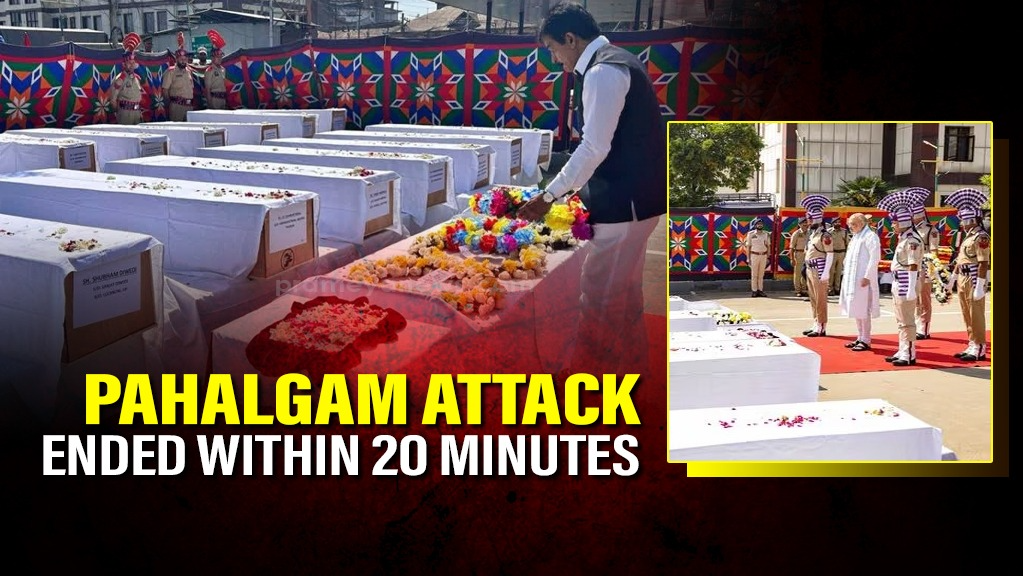

Twenty Minutes of Terror
Eyewitness accounts from survivors of the devastating terrorist attack in Pahalgam, Jammu and Kashmir, paint a harrowing picture of a swift, brutal, and methodically executed assault. Reports indicate the entire operation, which left at least 26 people dead, unfolded in approximately 20 minutes at the popular Baisaran meadow. Disturbingly, survivors allege the attackers segregated victims, apparently based on perceived religious identity, before carrying out targeted killings in front of families.
Attack Sequence
The assault began around 2:30 PM on Tuesday, April 22nd, 2025, disrupting the peaceful afternoon activities of tourists enjoying pony rides and snacks in the scenic meadow. According to accounts:
Victims and Perpetrators
The victims of this targeted violence represented a diverse group from across India and beyond. The deceased included tourists from Maharashtra (5), Karnataka (4), Gujarat (3), West Bengal (2), and one each from Haryana, Andhra Pradesh, Uttar Pradesh, Chandigarh, Odisha, Telangana, and Kerala. A local resident from Jammu and Kashmir and a Nepali citizen were also among those killed.
Responsibility for the attack was reportedly claimed by The Resistance Front (TRF), identified by Indian agencies as a proxy group for the Pakistan-based Lashkar-e-Taiba (LeT). Security agencies have since released sketches of three suspected terrorists involved in the attack as the manhunt intensifies.
The brutality and scale of the attack prompted immediate high-level responses. Prime Minister Narendra Modi cut short an overseas visit to return and convene security meetings. Union Home Minister Amit Shah traveled to Srinagar for a security review, visited the attack site in Baisaran Valley, and met with victims' families. Intelligence reports cited in the media suggest the attack may have been planned in Rawalakot, Pakistan. In the immediate aftermath, schools in Jammu and Kashmir were closed, local protests occurred, and security was heightened in major Indian cities like Delhi and Mumbai.
The eyewitness accounts from the Pahalgam terror attack reveal a chillingly efficient and brutal operation, executed within a mere 20 minutes. Separating victims seemingly by religion before killing them reflects extreme cruelty. The attack reveals major security weaknesses in a busy tourist spot.